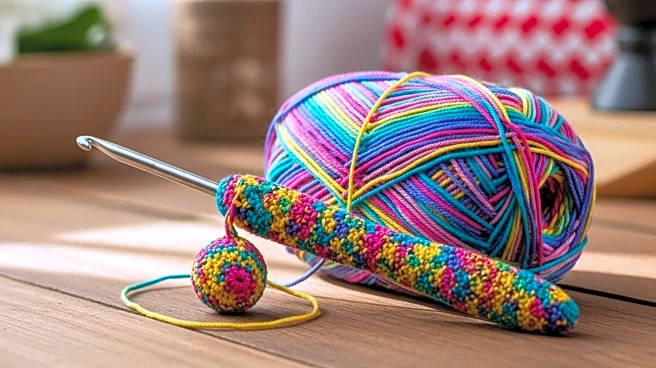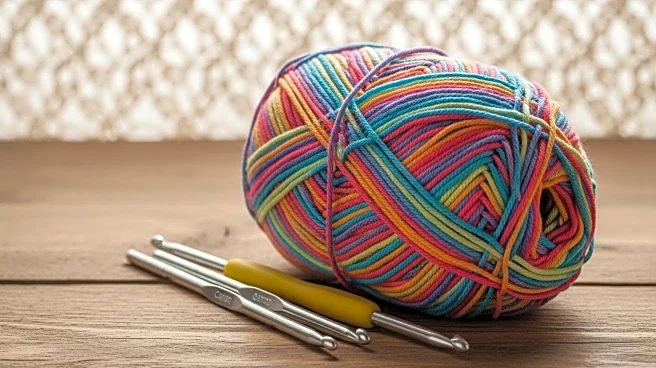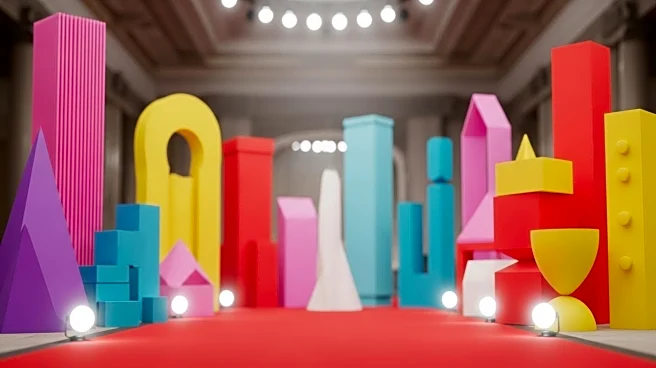What is the story about?
Crochet has played a significant role in society, particularly during times of hardship. In the 19th century, during the Great Irish Famine, crochet lace work was introduced as a form of
famine relief. This craft provided an alternative way for impoverished Irish workers to earn money, with men, women, and children joining cooperatives to produce crocheted products. Schools were established to teach crocheting, and teachers were trained and sent across Ireland to impart this skill. In modern times, crochet continues to influence educational programs by serving as a medium for exploring identity and self-expression. It bridges the gap between art and technology, offering a unique way to engage with both fields. The craft's ability to improve emotional well-being and foster community has been supported by studies, such as the one conducted by the Royal Society for Public Health in 2020, which surveyed 8,391 crocheters from 87 countries over six weeks.
For the benefit of users - Parts of this article may include content generated using AI tools. Our teams are making active
and commercially reasonable efforts to moderate all AI generated content. Our moderation processes are improving however our processes are carried out on a best-effort basis and may not be exhaustive in nature. We encourage our users to consume the content judiciously and rely on their own research for accuracy of facts. We maintain that all AI generated content on our platform is for entertainment purposes only. To know more about how we use AI, you can write to us at support_spaces@glance.com
Do you find this article useful?















